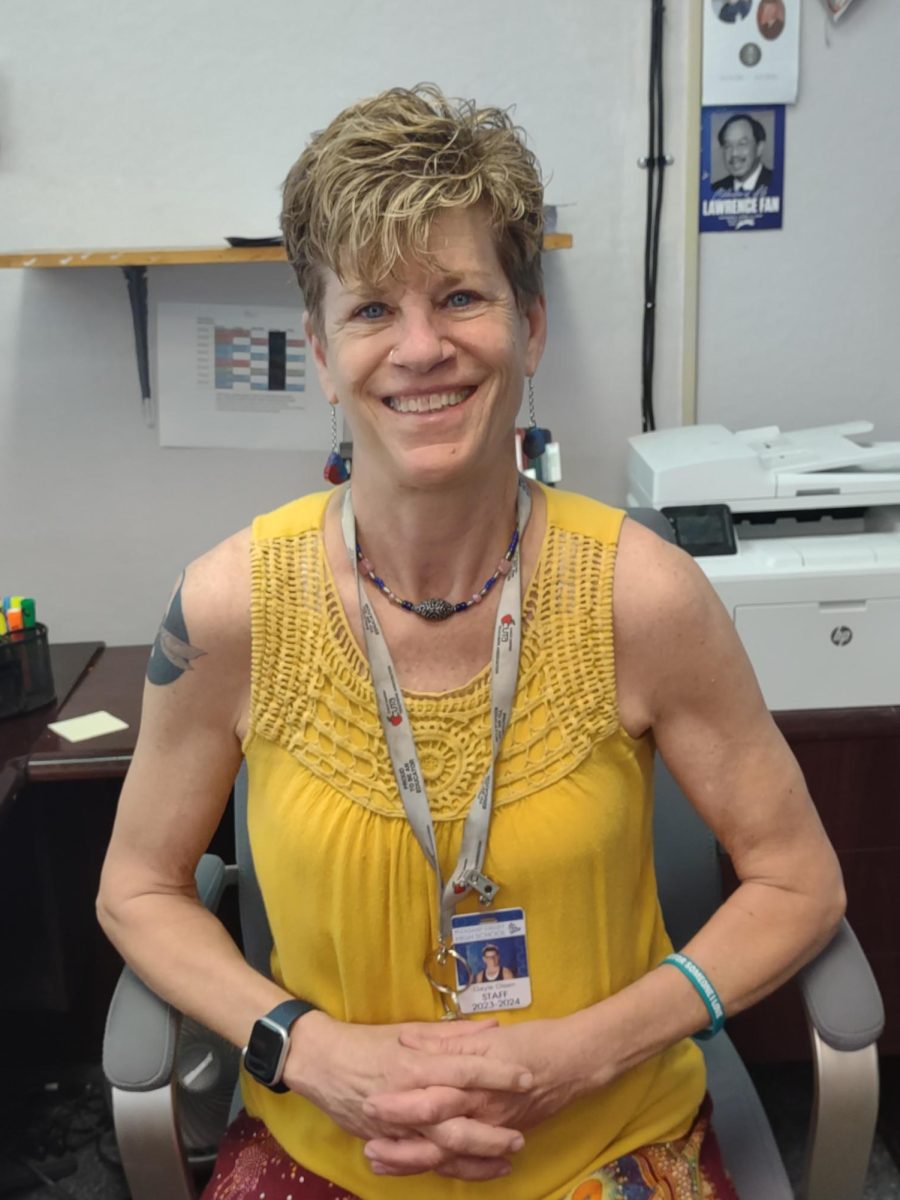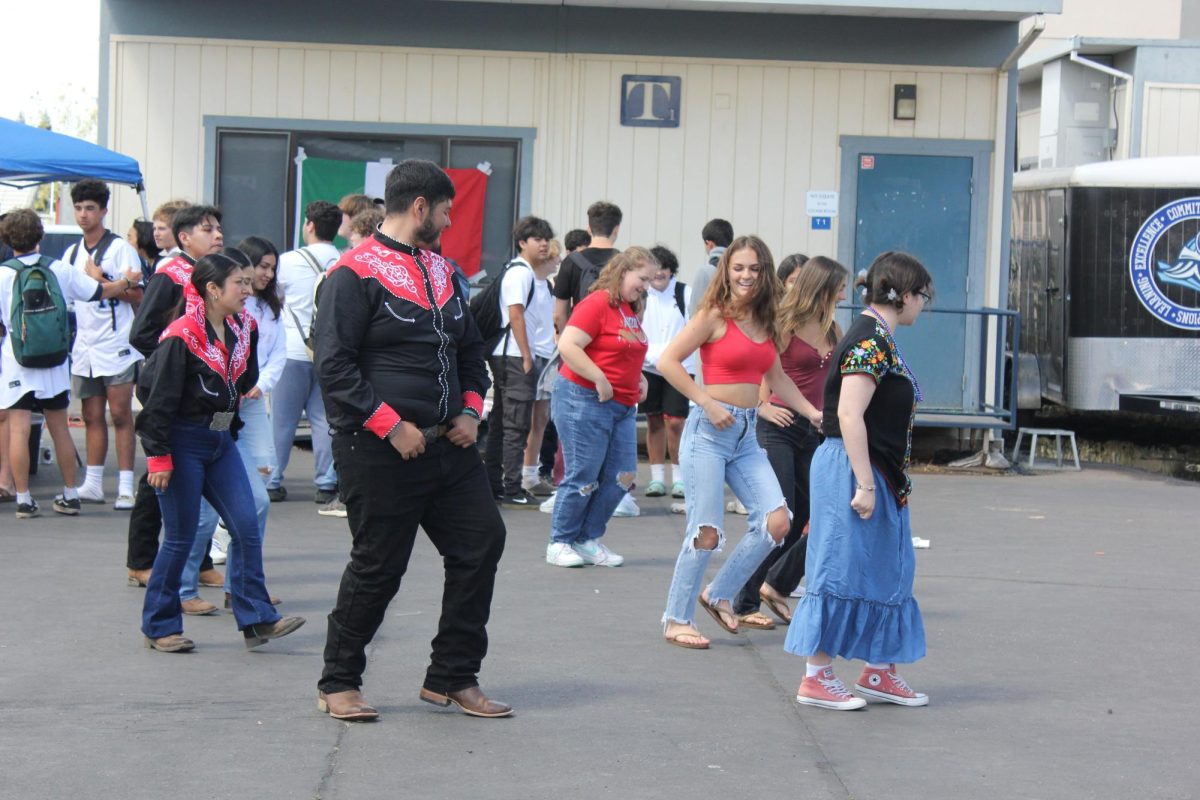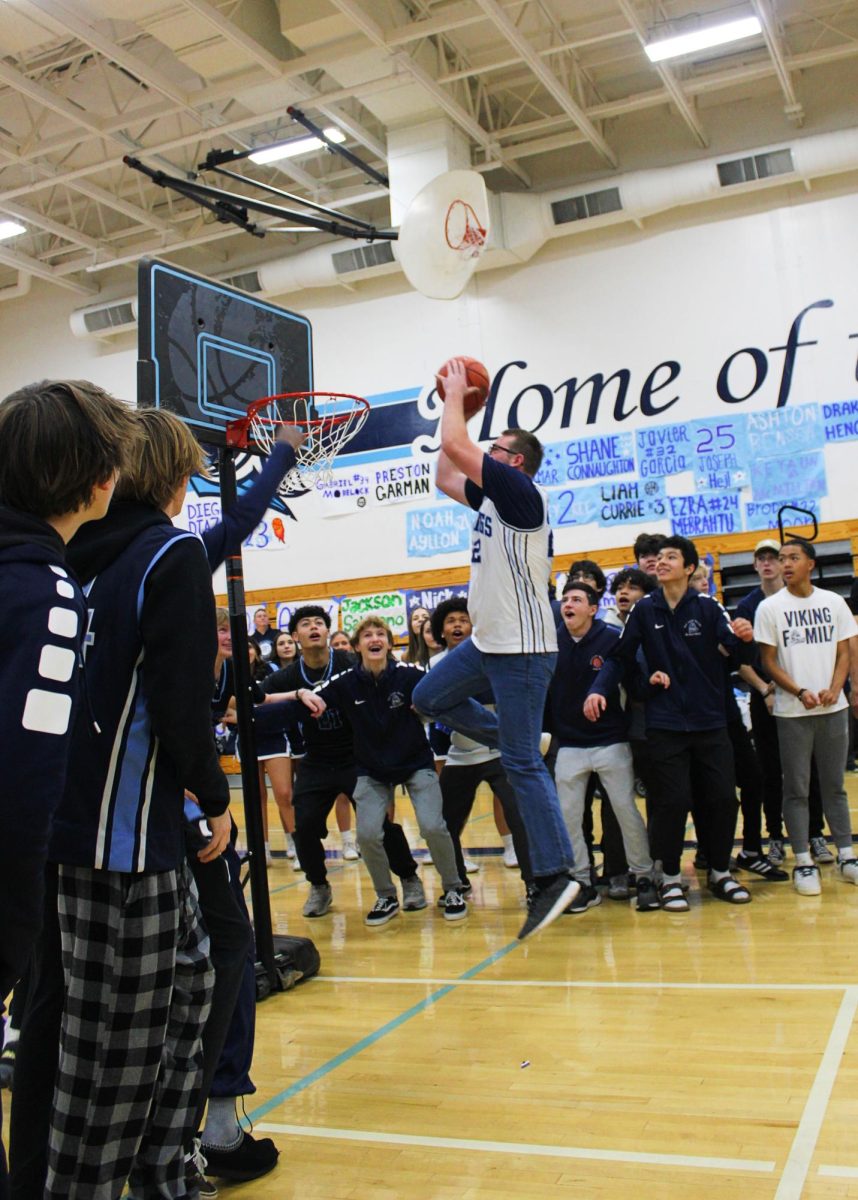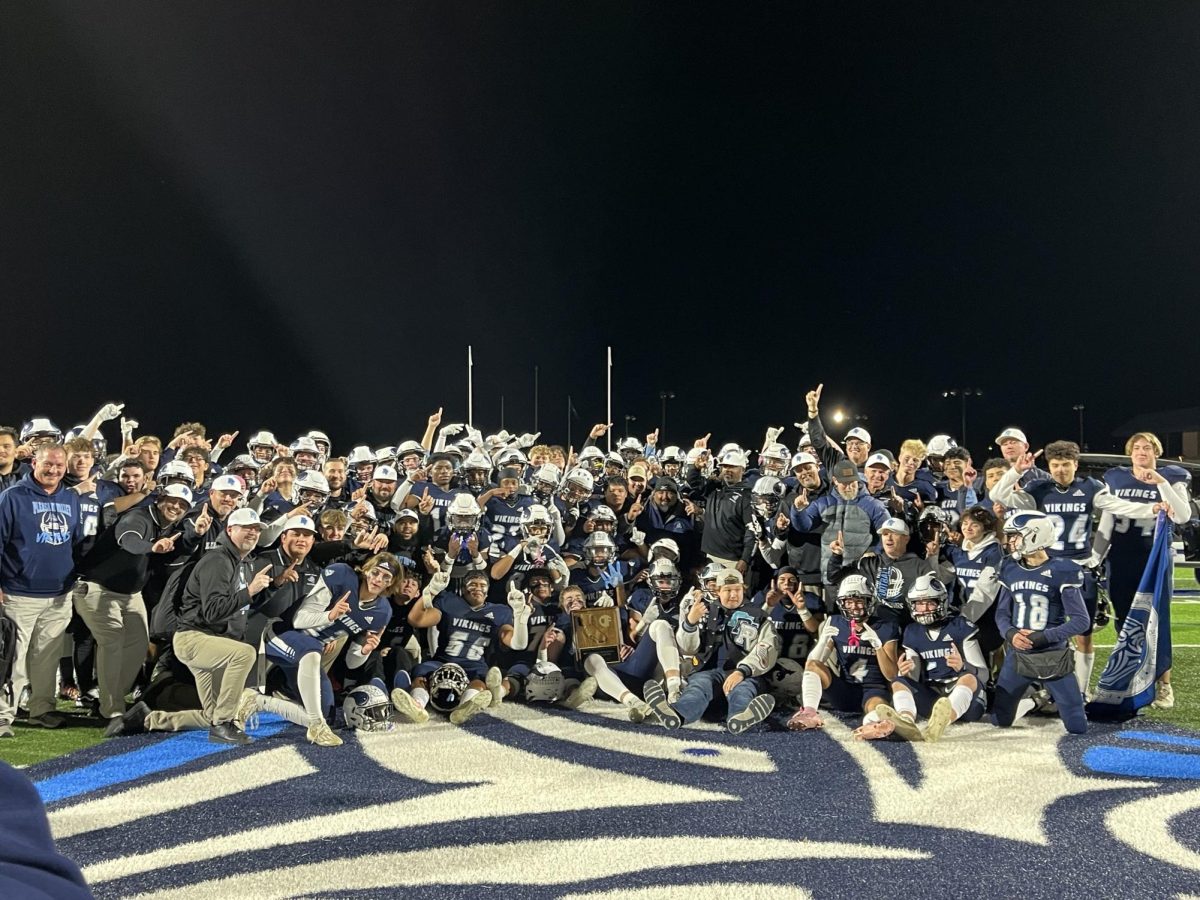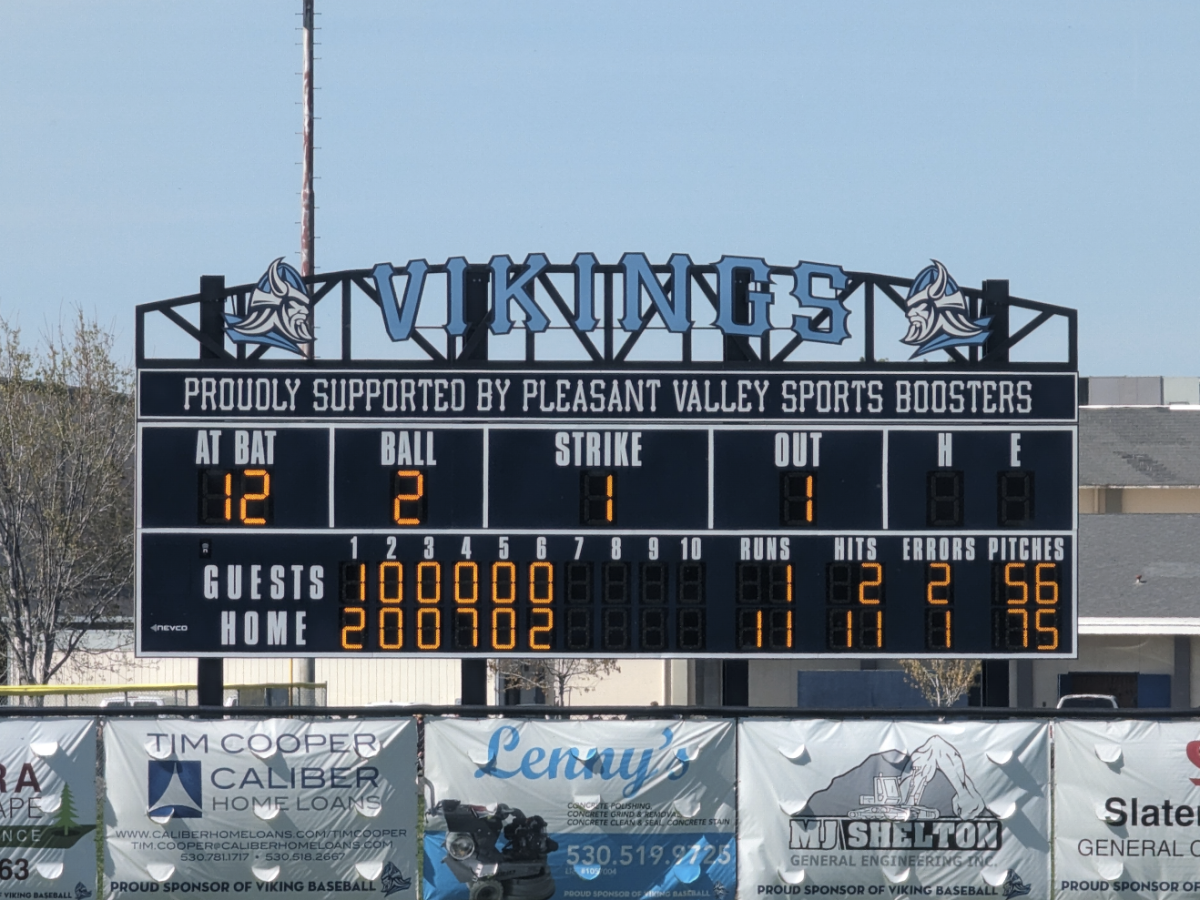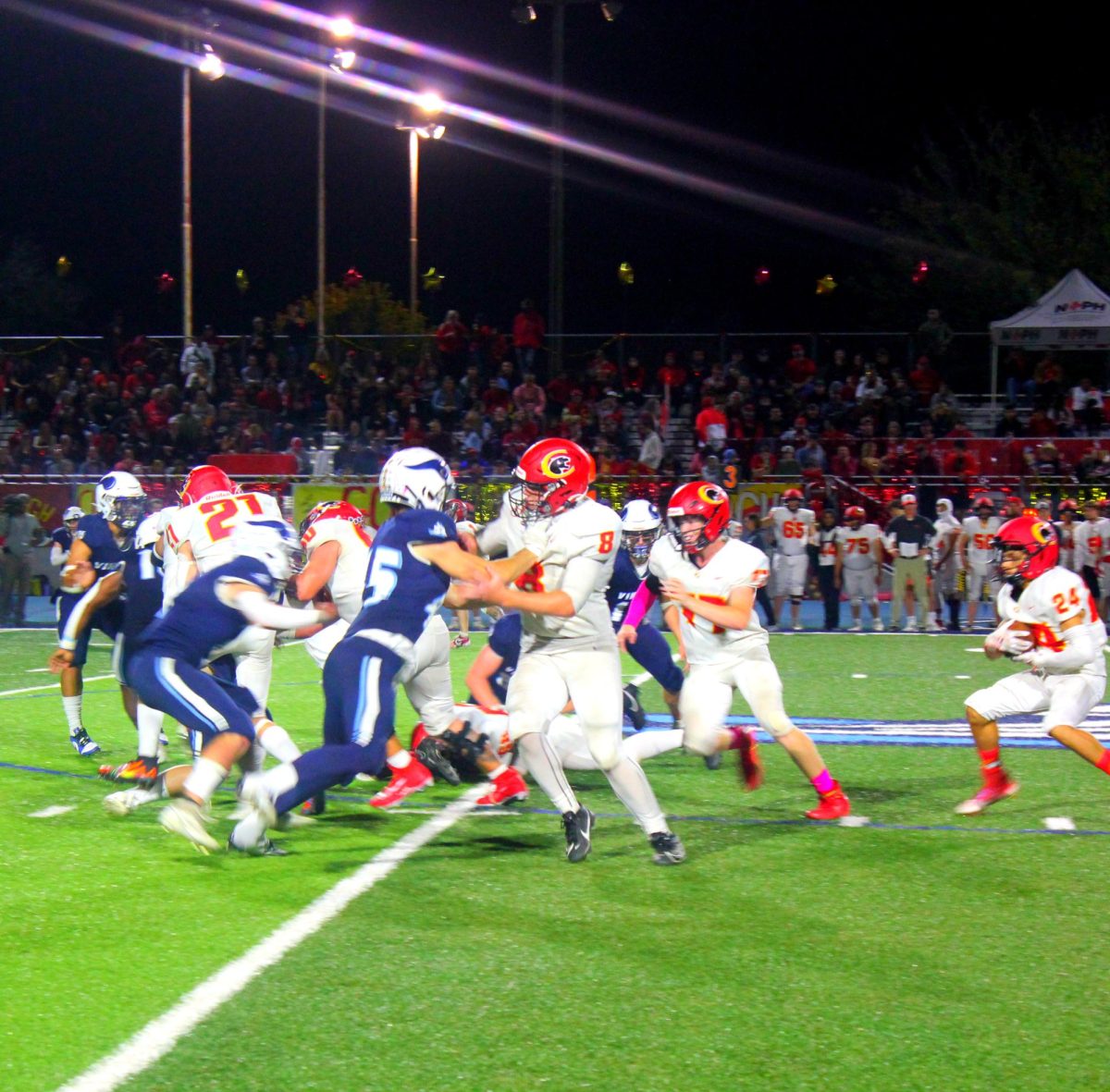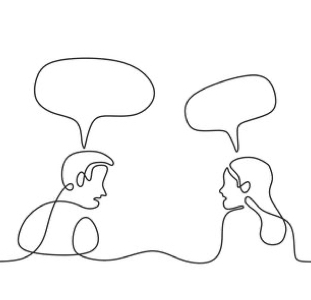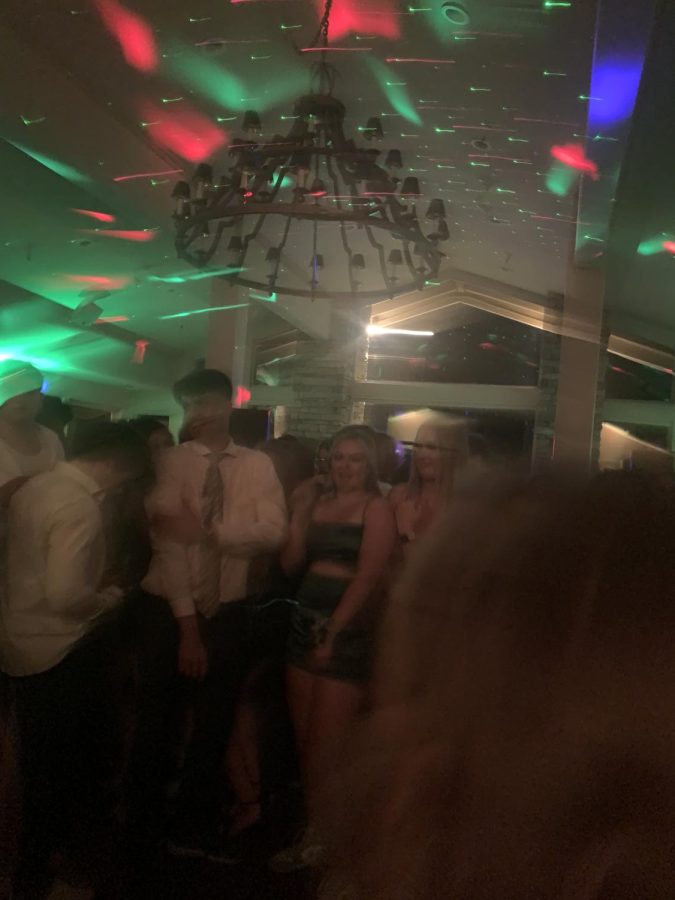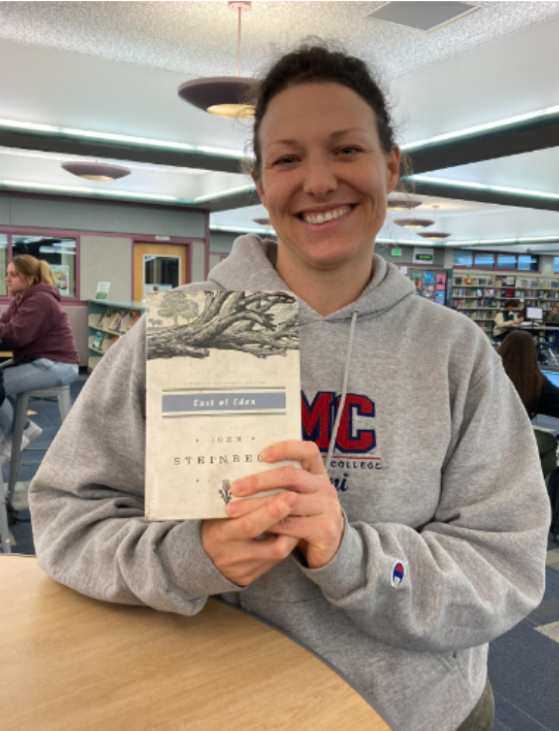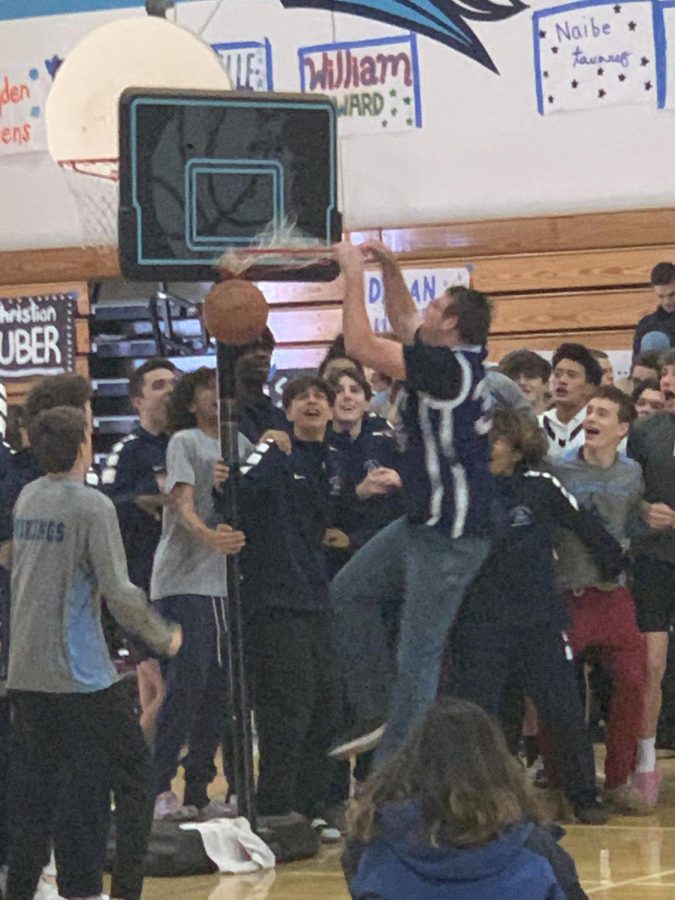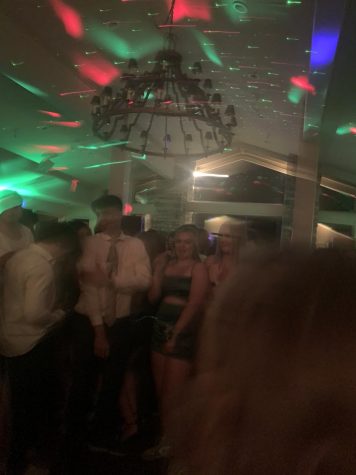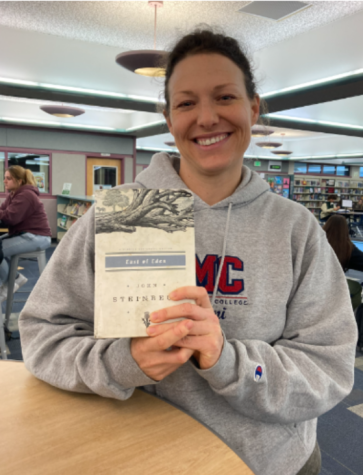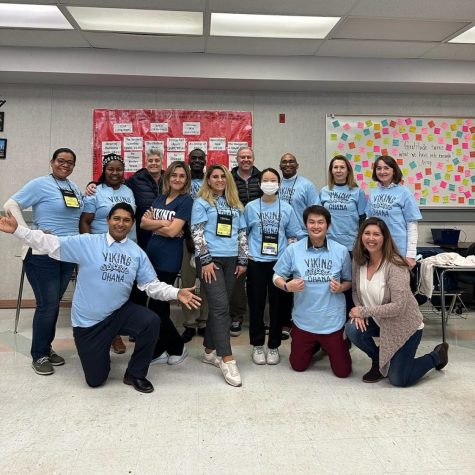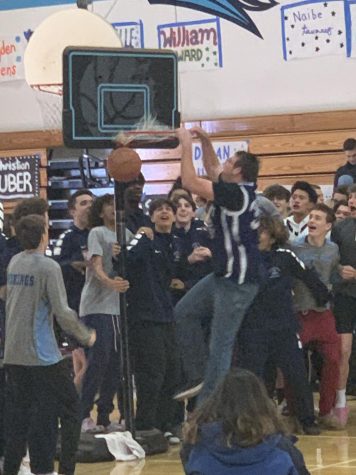New Block Schedule Brings Big Changes to PVHS Campus
As of the 2022-23 school year, Pleasant Valley High School has switched to a block schedule. This change means students who used to have six classes now have eight. Students currently have four classes a day, with eighty-eight minute periods, with the exception of Mondays, where all eight classes are taught in thirty-seven minute periods. However, with the additional classes, this also means more classes students have to balance. Students typically have sports, jobs, relationships, friends, and family to juggle outside of school, and two more classes only add to the load. Teachers also have an additional burden, with more class periods or classes to teach, grade papers for, and monitor student progress for. Teachers also lose 20% of their class time, so they have to figure out how to teach their entire curriculum in a shorter amount of time. By weighing both these issues, and the benefits of having a block schedule, after only a month into the 2022-2023 school year, both students and teachers alike have had the opportunity to start to come to their own opinions surrounding the newly-implemented block schedule.
Marissa Ramirez, a sophomore at PVHS, admits she was unsure about the schedule when she first heard about it. Ramirez comments, “When I first [heard] about it, I was like, ‘I don’t think I want to do this.” Since then, for the most part, her opinion seems to be unchanged. Ramirez remarks, “[It’s] worse, the homework and the stress, and like all the tests you have to worry about.” However, there are some benefits to being on a block schedule, according to Ramirez. She says the block schedule is “Easier, you get to spend more time in class doing the work.” Additionally, she says, “[I’m using the extra periods] to take more elective classes…I’m taking Culinary and Studio Art.”
Although the block schedule most directly impacts students, teachers have also had to change the way they teach and form their curriculum.
Susan Tippets, a biology and life science teacher, was unsure about the block schedule being implemented. Tippets recalls, “I wasn’t sure. Having never taught on the block schedule before, I wasn’t sure of the exact adjustments I’d need to make…I was skeptically optimistic…I didn’t know enough at that time to be swayed one way or the other.”
Another teacher, Mauricio Jaime-Arellano, known to many as Señor Jaime, has taught at PV for 10 years, and he teaches Spanish 2 and 3. For him, he is not sure if the block schedule is beneficial or not. Jaime describes himself as having mixed feelings about it, saying, “This is really tough, because I sincerely feel that students have more of an opportunity to talk during the class period, but I don’t feel like I am really having in-depth conversations, and I’m not able to do some of the activities—fun activities, especially—in my classes that I used to before. I like it because I get to see them for a longer period, but I am not able to do as many things as I used to, and I don’t get to see them every day. I really believe after doing this that I need to see them every day because those students that I just saw, today, Thursday, I won’t see again until Monday, if they’re healthy. If they’re not, then I’m not going to see them again until Wednesday.” On the other hand, Jaime recognizes the benefit in having this schedule the way it currently is. He said the block schedule started because of “dilemmas that we had on our campus, such as students being behind on grades or units, and them having to catch up, other students that were like in ELD, and then having an opportunity for an elective, and many other topics or dilemmas.” Having the eight classes can help with these issues. Still, Jaime feels as if a regular schedule is better.
Overall, it seems teachers tend to generally feel the same way regarding the block schedule. They seem unhappy with only seeing their students at most three times a week. Mary Brunch, who teaches biology and anatomy/physiology, proposes a schedule that would still allow an extra class in comparison to the six period schedule, but would allow students to attend all of their classes every day. She says, “Personally, I think, if we want to do extra classes, why not do seven, and have fifty minute periods, instead of fifty-seven minute periods…[having] classes every day…I’m thinking we would probably work it out so passing periods are five minutes each instead of seven minutes each to gain the extra time, and then play with maybe an extra couple of minutes at the end of school, lunch, or whatever.” However, if something like this were to be proposed, it would have to be at least after the block schedule is voted to continue at PV or not at the end of the year. According to Brunch, “We’re trialing [the block schedule], and we’re going to decide ‘do we want to do this for five years?’ And Chico High and our vote can be different, so Chico High can run a block schedule, and we can vote no and do our regular schedule.”
With the many opinions about the block schedule, it is difficult to know whether it is truly beneficial to the majority of people or not. Hopefully by the end of the year, this answer will be clear, and it will help guide the decision as to the future of the block schedule at PVHS.
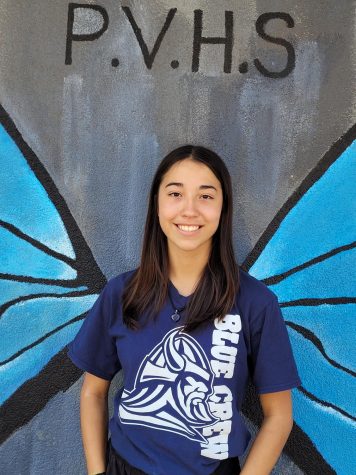
Lydia Lugo (Class of 2023) is a senior student at Pleasant Valley High School. Lydia is in love with photography, and she enjoyed taking a Digital Photography...
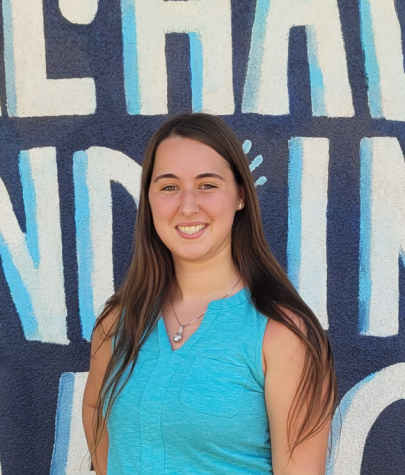
Makenna Wines (Class of 2023) is a senior, and this is her second year on The Saga. Last year, Makenna was the web designer for the club, and she really...

